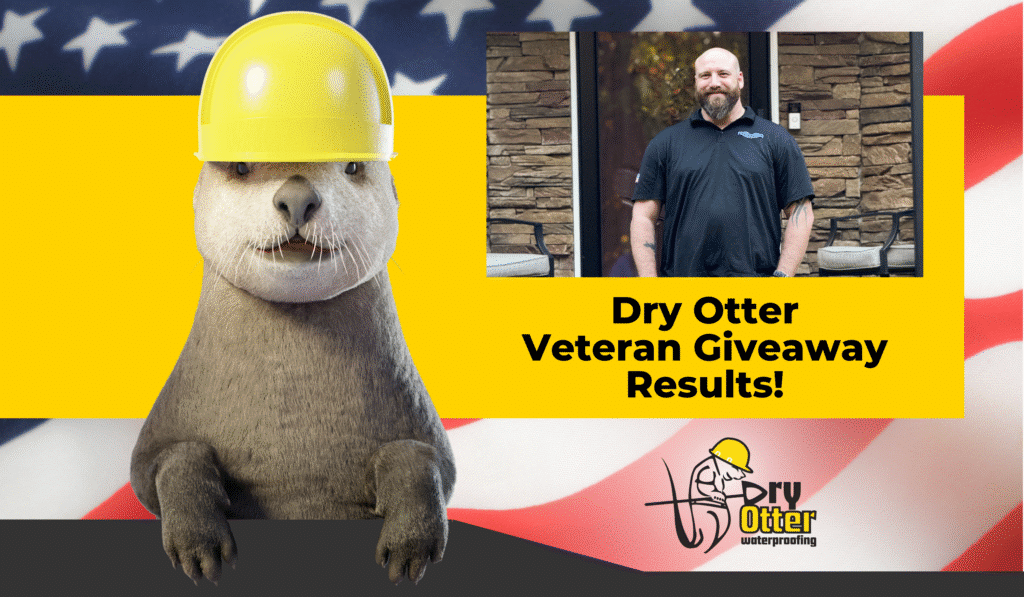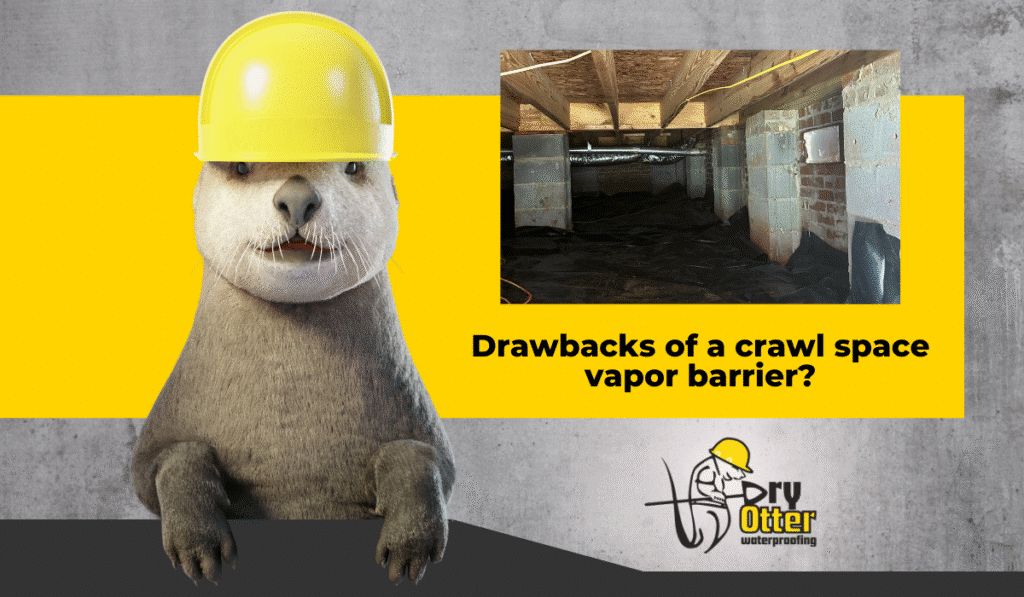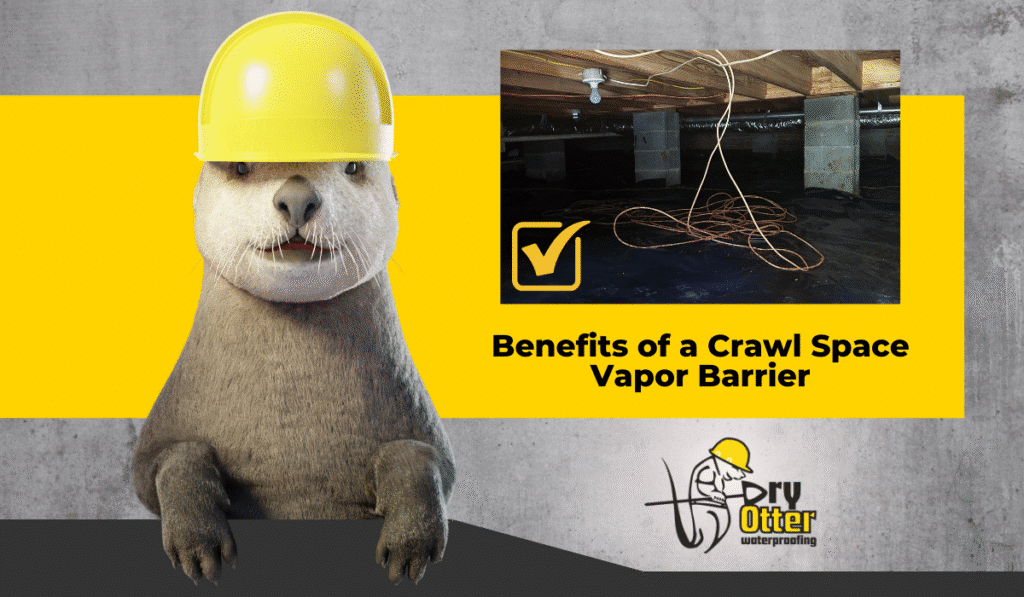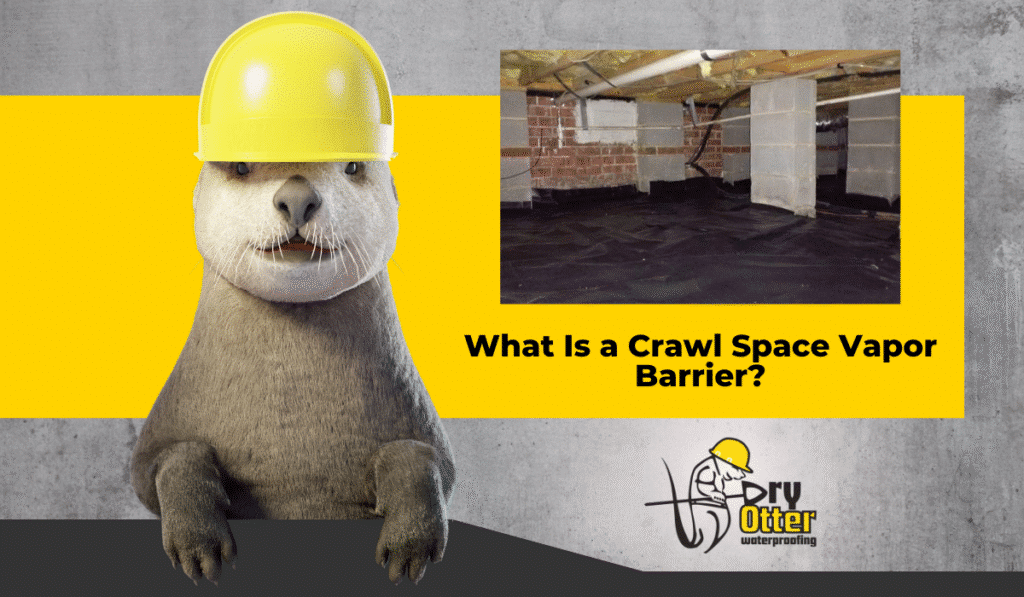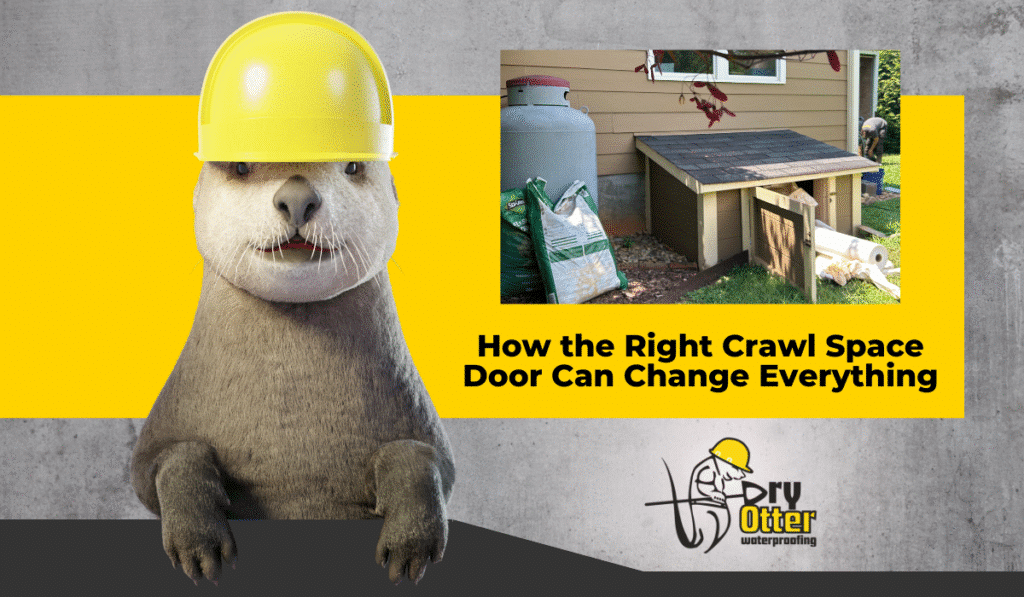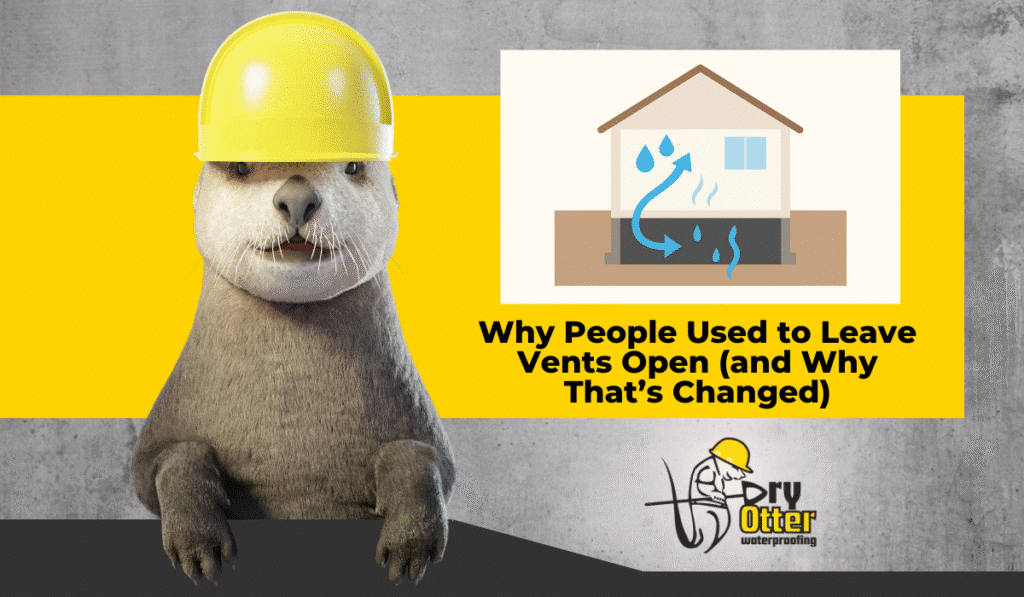For years, homeowners were taught to leave crawl space vents open so outside air could circulate underneath the home. It sounded logical at the time. Let fresh air in and let moisture escape. The problem is, it doesn’t work that way in the real world. Instead of drying the crawl space, those vents often let in humid air that condenses on cool surfaces. That trapped moisture turns into mold, wood rot, and musty odors inside the home.
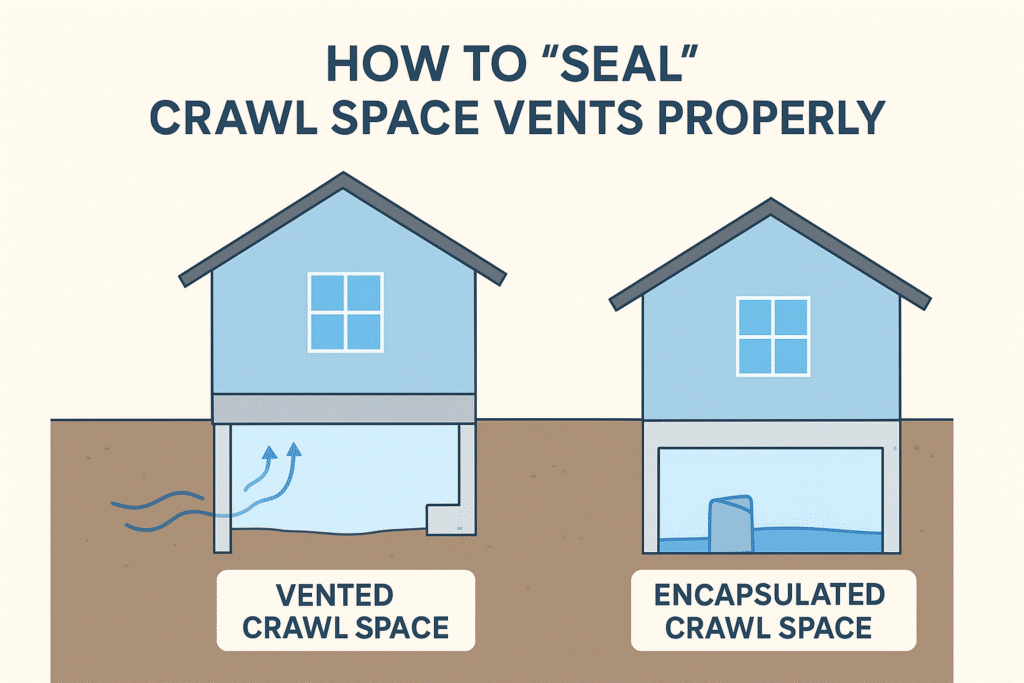
Why Covering Vents Alone Doesn’t Solve Moisture Problems
If you want to protect your crawl space from moisture, simply putting plastic covers over the vents is not enough. To truly control the environment under your home, the vents must be closed as part of a larger system that is designed to manage humidity.
The Right Way to Close Crawl Space Vents
The first step is blocking outside air from entering. This is what most people refer to when they say “seal” the vents. In reality, covering them alone does not fix moisture issues. It only stops new air from coming in. If the crawl space is already damp, the moisture is trapped with nowhere to go.
Why Encapsulation Matters More Than Vent Covers
That is why closing vents should always be paired with encapsulation. The crawl space floor and walls are lined with a strong vapor barrier to keep ground moisture from rising into the space. Once the area is isolated from the outside environment, a dehumidifier is installed to control humidity levels. This combination stops new moisture from entering and removes moisture that is already present.
Avoiding DIY Quick Fixes That Don’t Last
Some homeowners try to use foam or DIY vent plugs, but these materials can deteriorate or fall out over time. Professional-grade covers are mechanically fastened and designed to last. More importantly, they are part of a system rather than a one-piece fix. Vent covers without moisture control are like closing a window in a wet basement and expecting it to dry on its own. It will not.
How a Controlled Crawl Space Protects Your Home
The goal is not just to block airflow but to create a clean, controlled environment that stays dry year-round. When done correctly, the crawl space becomes an extension of the home rather than a damp pit that causes odors, sagging floors, or high energy bills.
If you are thinking about closing your crawl space vents, make sure you do it as part of a complete moisture control plan. A vent cover alone will not solve the problem. A properly closed and encapsulated crawl space will.
You Otter Be Dry.

